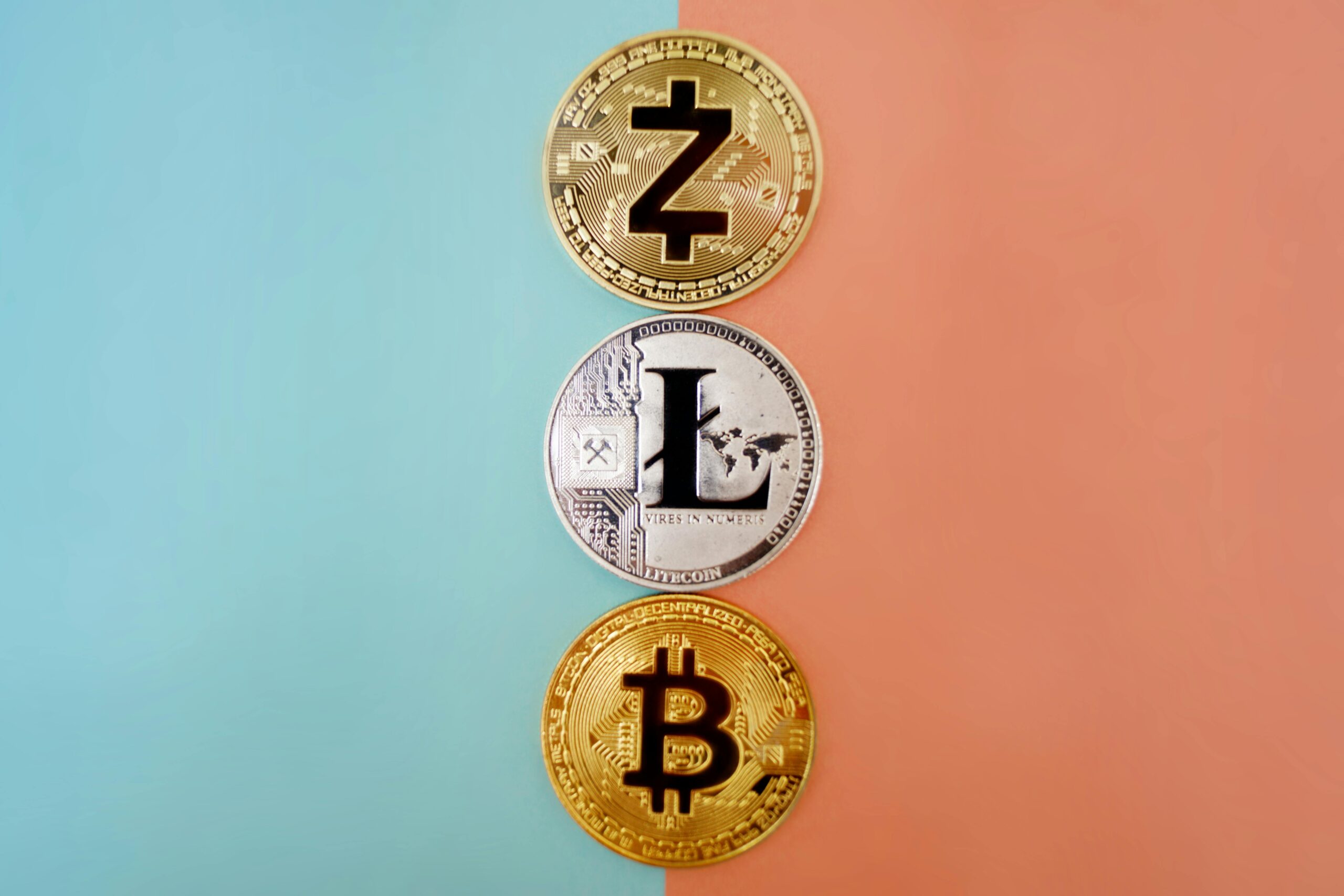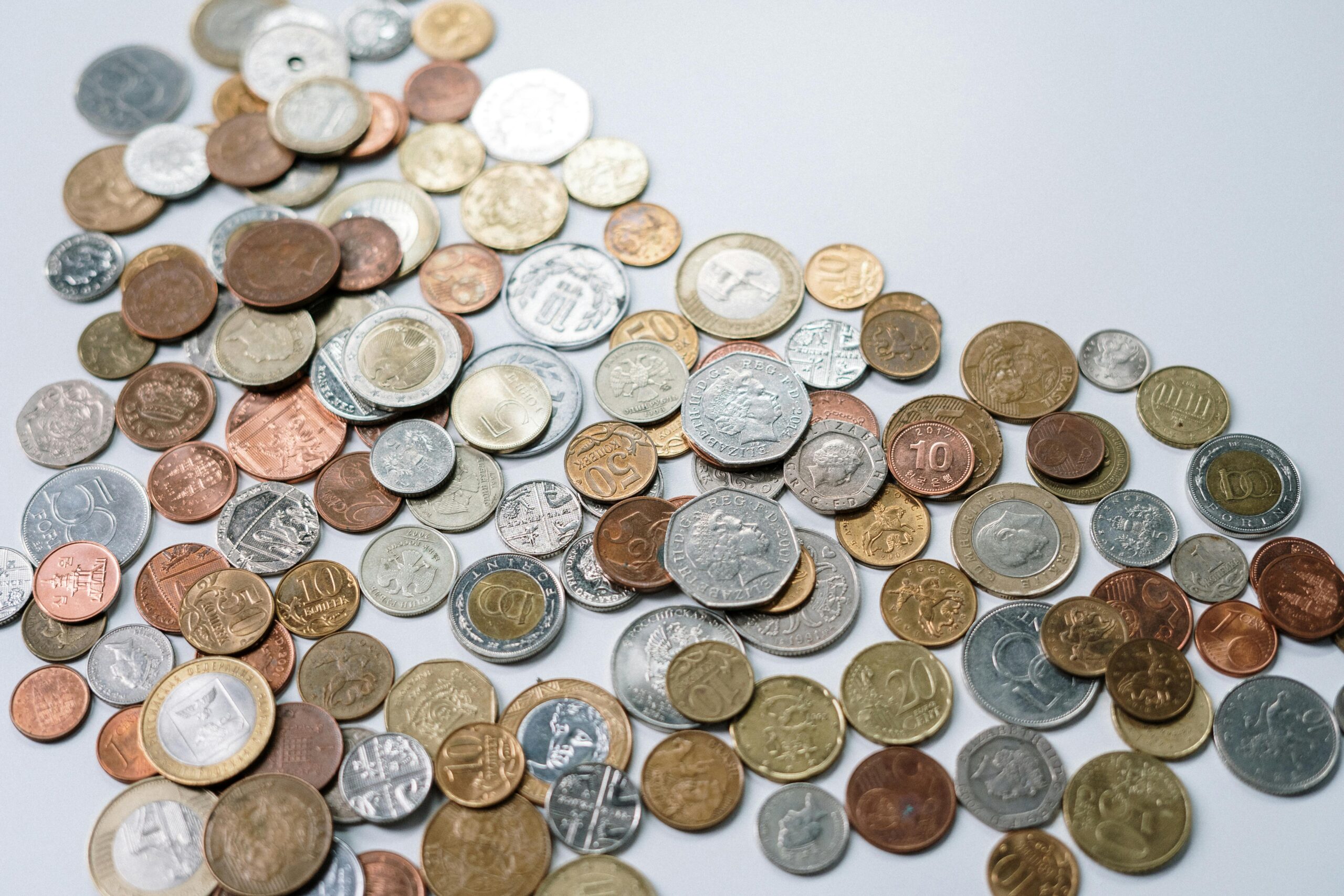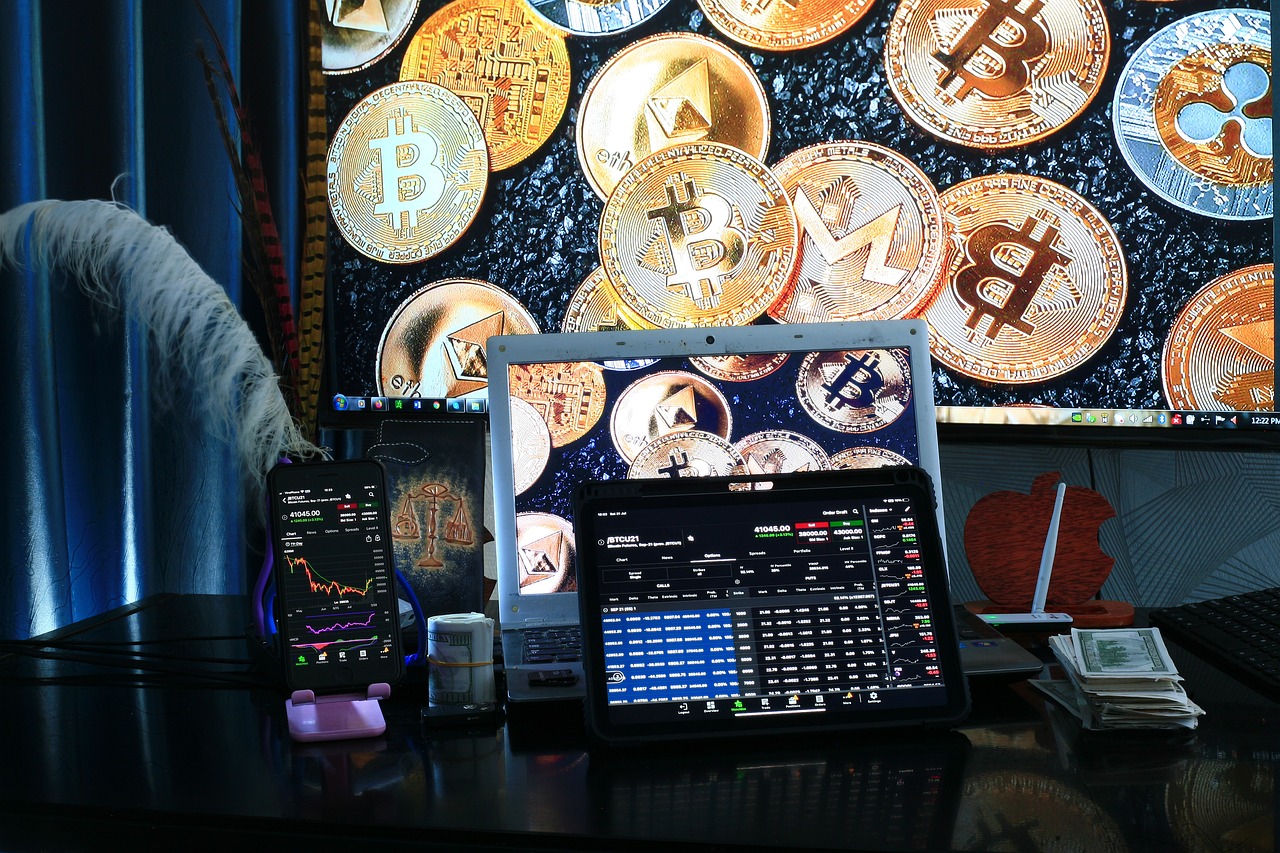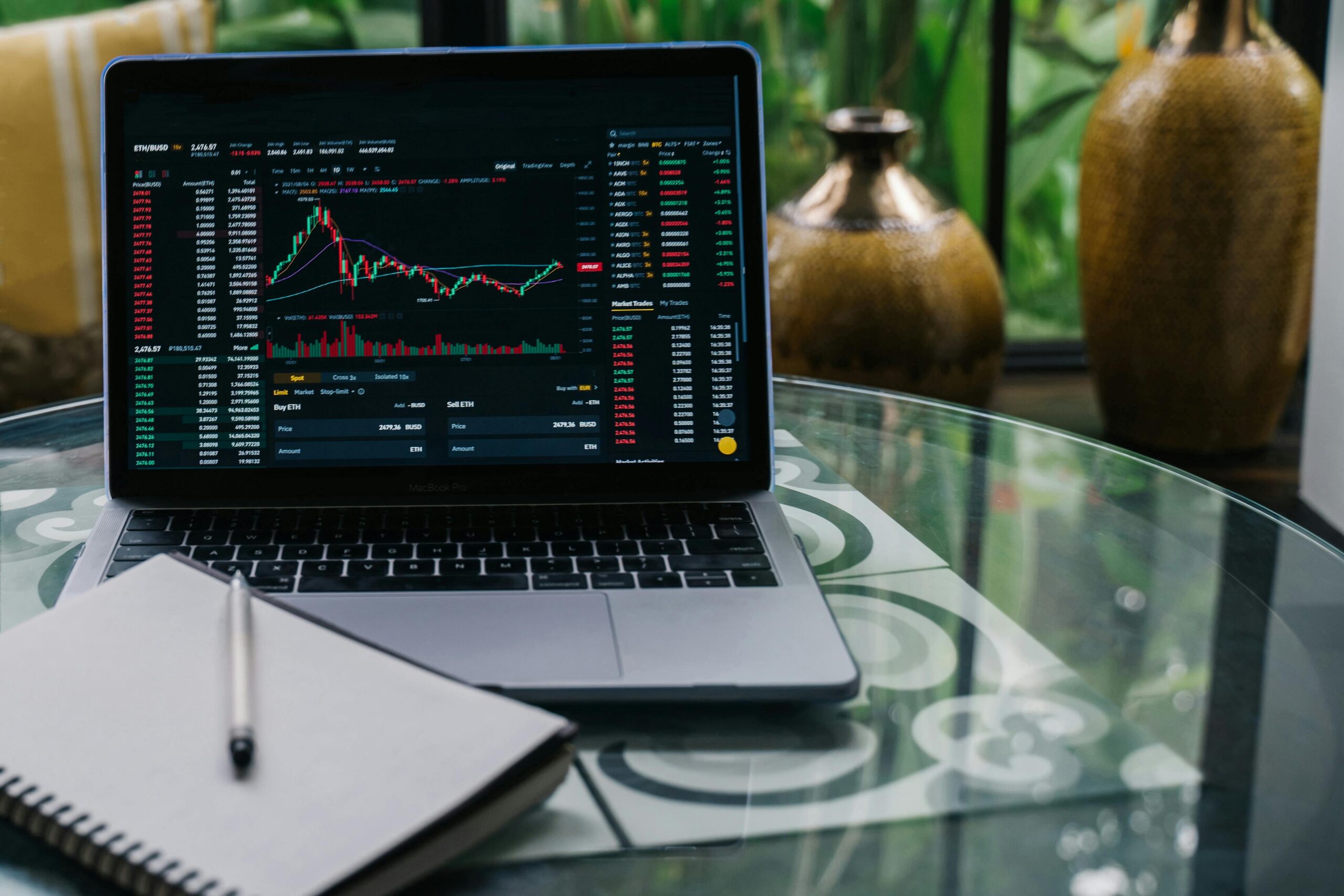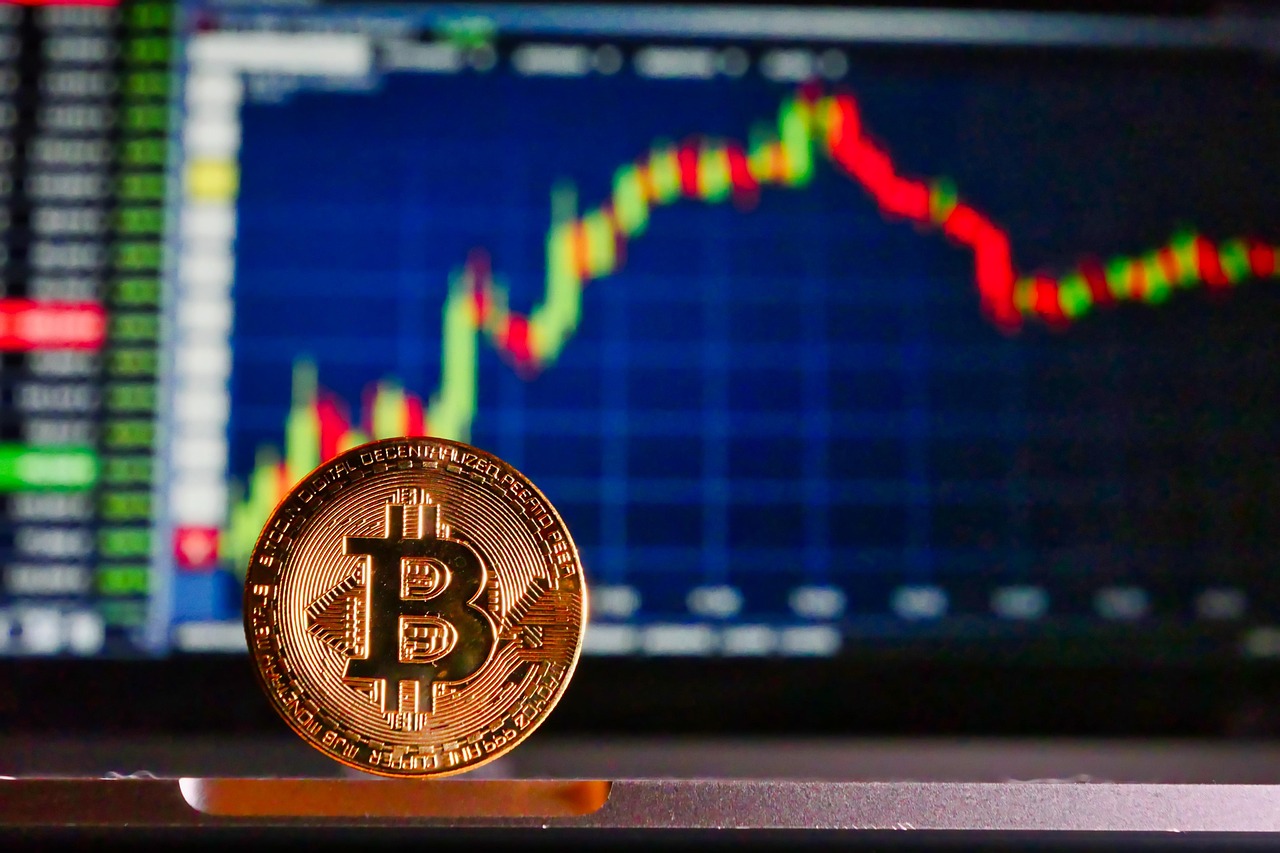Artificial Superintelligence Alliance (ASI)
≈$3.7B circulating market cap, ≈$1.43 per token, $3.45 ATH, approx. 96% of the max supply in circulation
ASI represents a token merger of three decentralised AI/AGI crypto projects and their respective tokens: Fetch.ai (FET), Ocean Protocol (OCEAN) and SingularityNET (AGIX).
OCEAN and AGIX have now been merged into FET, which will rebrand to ASI in the coming months.
To clarify, these will still operate as three standalone protocols but with a more unified focus and the benefit of having a mutual token.
Furthermore, this is a wise move as it goes against the increasing number of competing projects and coins/tokens. This trend has led to much attention being directed away from serious projects and assets into many copycats instead of having more collaboration in this space.
Competition is important, but there comes a point when new projects mostly copy what another one is doing, albeit with slightly different documentation.
Don’t be put off by its relatively higher market cap than the other cryptos featured here. This will benefit immensely from both market-wide bull runs and advancements in AI/AGI in the coming years.
Why This AI Crypto Merger is a Smart Move
A good strategy coupled with perfect timing.
Dimitra ($DMTR)
≈$66M circulating market cap, ≈$0.12 per token, $5.95 ATH, approx. 56% of the max supply in circulation
Dimitra is a protocol headed by AgTech firm Dimitra Incorporated. It offers products to help smallholder farmers harness the benefits of blockchain tech for improved yields, better mapping, and less wastage, i.e., run-off of excess fertiliser, pesticides, and herbicides, which will, in turn, provide better environmental and financial outcomes.
Moreover, blockchain technology can help provide affordable and reliable technologies, giving smaller operators more opportunities to boost profits and ensuring greater transparency across supply chains, which works well for them and the end consumer.
The entity is forging collaborations with agricultural entities across developing areas, including India, Brazil, and Bangladesh. These are three of the ten most populated countries worldwide, collectively accounting for 1.8 billion people.
Moreover, these economies still have significant growth potential and are ripe for technological disruption in primary industries, especially those using distributed ledger technology and decentralised systems in general.
A major use case here is the Connected Coffee program, whereby farmers must register and upload information, including location, number of trees and farming methods, into the Dimitra Connected Farmer Android-based app.
Check out the DMTR tokenomics site and pages 36–37 of the Dimitra whitepaper to learn more about the token distribution, i.e., who is expected to receive what percentage of (remaining) tokens and how these are expected to be divided each month.
DMTR has a DEXTscore of 66/99, as derived from the abovementioned auditing entities.

OriginTrail ($TRAC)
≈$307M circulating market cap, ≈$0.75 per token, $3.50 ATH, approx. 81% of the max supply in circulation
OriginTrail is an open-source protocol that claims to be “the world’s first decentralized knowledge graph (DKG).” It aims to improve the overall experience of searching for reliable and factual information aided by AI, powered by its DKG system and Knowledge Assets — useful pieces of information or intellectual property.
Besides AI, much of the entity’s work revolves around comprehensive product traceability (for food, drinks, medicine, etc.), verifying credentials (e.g., education certificates and degrees) or confirming the authenticity of (luxury) goods to combat counterfeiting — powered by blockchain tech.
Its developers and other stakeholders are continuously working to achieve greater efficiencies for various stakeholders worldwide by improving the technology and fostering new partnerships across different sectors.

These only scratch the surface of what the organisation has achieved and what is planned; you only need to look at its comprehensive roadmap with its five eras (similar to Cardano) to see what is in store for its ecosystem. Check OT’s latest whitepaper for details about its dual-token system and layer 2 solution (OriginTrail DKG).
I know this is a relatively older token, so some might be less inclined to invest in it, particularly if you’re banking on explosive gains.
My approach is to select a mixture of newer and older assets, as the more established coins and tokens have shown to be reputable options and less likely to be scams.
This space remains highly speculative, so I prioritise the relatively less risky options.
On some price-tracking websites and exchanges, this is also referred to as a Trace Token. If in doubt, always double-check the chain and contract address used. For ERC-20 (Ethereum-based) tokens like this one, Etherscan is usually the best source for verifying these details.
Helium ($HNT)
≈$1.18B circulating market cap, ≈$6.86 per token, $54.88 ATH, approx. 77% of the max supply in circulation
Even though this token has made its way (back) into the top 100 in recent months, HNT still has plenty of room for growth.
With its market cap hovering around $1.1 billion, HNT provides an ideal balance of risk and reward. The token is well above its launch price and has outperformed BTC, ETH, and other major assets over the past 12 months, up by ±330%.
Helium bypasses the inefficiencies of complex, conventional network infrastructure by opting for its low-power, wide-range network (LoRaWAN).
Owing to its long-range capability and cost-effectiveness, LoRa is particularly useful in smart cities and the Internet of Things (IoT) concept: Hundreds of millions of low-power devices and sensors across a city continuously interact with each other.

Notice that vast areas and several countries — notably throughout Africa, South America, and much of Asia — still lack this HN connectivity, let alone extensive, reliable and affordable access to essential utilities.
The regions currently lacking this infrastructure will be some of the biggest beneficiaries of novel technologies, as it will affect billions of people worldwide.
This ties in with the idea of “leapfrogging,” whereby developing countries (notably China and India) have avoided many of the expensive, less-efficient poles and wires required for legacy telecommunications networks (that much of the developed world went through) and instead went straight to wireless technologies, e.g., mobile/cell phones, 4G, 5G, etc.
I expect this leapfrogging to occur with decentralised energy grids as well, as part of IoT, whereby blockchain tech will play a key role.
Back to Helium, one of the latest use cases is SenseCore, a software solution that improves leak detection and water conservation in plumbing systems.
This network will also expand with the organic growth of blockchain and other novel technologies in the coming years, with billions of people set to take advantage of a more efficient and cheaper blockchain-based system rather than relying on substandard Internet infrastructure across Africa and, to a lesser extent, South America.
I want to shout out Stephen McBride for the reminder about Helium Network. He recently provided insights into this project and asset in a recent piece.
Akash Network ($AKASH)
≈$632M circulating market cap, ≈$2.56 per token, $8.07 ATH, approx. 64% of the max supply in circulation
Akash Network offers an open-source (Apache 2.0 Licensed) Supercloud, allowing people to buy and sell computing resources securely and productively.
What stood out for the network in recent times was its major move to open-source Akash Network’s entire codebase and its establishment of an open structure for community participation akin to a decentralised autonomous organisation (DAO).
This is according to a recent blog post (I strongly recommend this) from Zach Horn, Content Marketing Associate at Overclock Labs, the creator of Akash Network and Akash Network AI.
“You will own your cloud, and you will be happy.”
Akash Network
Another positive move by Akash Network was its upgrade to Mainnet 6, which permitted NVIDIA and AMD GPUs to work in this ecosystem.
It was a wise move, particularly in response to the GPU shortages in recent years. Although this matter has been mostly resolved, the shortage still has ramifications across the tech industry.
How does its token relate to all of this? AKT is used for governance, to store and exchange value on its network, and to help secure the protocol via staking rewards.

Another improvement in the works is AKT 2.0, which will provide further incentives for people to utilise this token for overall network growth and development. Check out this GitHub entry regarding the Akash Network Economics 2.0 Proposal and related roadmap.
Raydium ($RAY)
≈$1.49B circulating market cap, ≈$5.67 per token, $16.83 ATH, approx. 47% of the max supply in circulation
The native token of Solana’s leading decentralised exchange (DEX) has been one of the best-performing top 100 crypto assets, up ±980% over the past 12 months.
Like Uniswap (UNI) — which still boasts a $4.5 billion circulating market cap (CMC) — I expect Raydium to outperform its Ethereum-based rival for two reasons:
DEX volume on Solana has grown much faster than on Ethereum, which is processing a lower volume than what it handled throughout the 2021 bull market.
Nonetheless, Ethereum still outperforms Solana several-fold in terms of total value locked (TVL), and the pioneering smart contracts platform still handles billions of dollars in volume every week.
SNEK ($SNEK)
≈$91M circulating market cap, ≈$0.00124 per token, $0.00245 ATH, approx. 99% of the total supply in circulation
A list of altcoins and tokens to buy in this bull market wouldn’t be complete without including at least one meme coin.
Love or loathe them, these have become a mainstay of crypto and have only increased in popularity with each cycle.
Why this one, out of the 500,000^ meme coins floating around on the interwebs?
^Exaggeration intended.
I am banking on Cardano’s popularity picking up once again following Charles Hoskinson’s announcement that Emurgo — one of the three major entities beyond Cardano, which is helping boost Web3 adoption for this blockchain — is collaborating with BitcoinOS to bridge smart contracts on Bitcoin with Cardano’s blockchain.
Mind you, a big chunk of ADA’s growth in recent days is due to this bullish sentiment, which Trump’s victory has reinforced. Determining how much ADA’s price increase is linked to Cardano news and announcements is difficult, but I digress.
Will SNEK do a 20–30x? Your guess is as good as mine. I take little interest in meme coins and focus on real crypto assets with genuine utility rather than tokens designed for shits and giggles.
Get an email whenever Crypto with Lorenzo publishes.
Get an email whenever Crypto with Lorenzo publishes. By signing up, you will create a Medium account if you don’t…
Pendle ($PENDLE)
≈$881M circulating market cap, ≈$5.39 per token, $7.50 ATH, approx. 63% of the total supply in circulation
Pendle is a yield-trading protocol that allows participants to use wrapped assets, for example, Lido Staked ETH (stETH), to earn more predictable yields via Pendle’s automated market maker (AMM).
In brief, it converts yield-bearing tokens to SY (standardised yield tokens) that work with the Pendle AMM. These assets subsequently get split into a principal token (PT) and a yield token (YT).
Pendle provides a helpful summary of how it works in this YouTube video. Its corresponding documentation portal also outlines the relevant information.
Before Pendle, a common way to earn interest on wrapped tokens was (and still is) through a liquidity pool (LP), common among AMMs such as Aave, Curve and Uniswap.
Users who contribute capital to help stabilise and secure these DeFi platforms are proportionately rewarded with wrapped tokens, which can be staked to earn interest on top of this.
Moreover, the system is compatible with BNB Chain, Ethereum, and two L2s: Arbitrum and Optimism. I envisage it functioning on Solana and other L1s soon, further boosting its user base and the volume flowing through it.
PENDLE token is indirectly used as a governance token by converting it to Vote-escrowed PENDLE, i.e., vePENDLE.
It is one of the many burgeoning projects in the DeFi space. According to DefiLlama, it has increased 37% in the past month and is ranked 11th among protocols in this crypto sector.
With ≈$2.8 billion of TVL in the protocol, I expect the demand for liquid re-staking tokens to remain strong as more people aim to compensate for diminishing ETH staking rewards in recent years. This is mostly due to a higher percentage of coins locked up to secure the network — check out this report from Grayscale for a detailed outline of ETH staking.
Furthermore, its move to expand to more chains — like AAVE, which remains a prominent altcoin even after multiple market cycles — should help increase prices with its eventual* listings on Coinbase and Kraken.
*It’s not confirmed, but if PENDLE keeps moving up the ranks, they’d be foolish not to, especially for Coinbase and its (historical) affinity towards listing ERC-20 tokens.

Ethena ($ENA)
≈$1.46B circulating market cap, ≈$0.51 per token, $1.52 ATH, 19% of the total supply in circulation
Ethena is another promising DeFi project, offering synthetic assets, notably synthetic dollars, as a superior alternative to stablecoins.
Before continuing, what on Earth is a synthetic dollar?
According to Michelle Legge, Head of Crypto Tax at Koinly:
“A synthetic asset is a financial instrument that simulates the value of another asset without holding the underlying asset itself.”
This has some similarities to derivatives in TradFi.
How are synthetic currencies better than the typical stablecoins? USD-pegged assets such as USDT (Tether) and USDC (USDC by Circle) are managed by a centralised issuer. Thus, they go against the idea of decentralisation.
Moreover, these assets are usually over-collateralised, or at least there is the expectation that they are to compensate for value drops in the reserve assets backing up such stablecoins.
Then there are algorithmic stablecoins, with Terra Luna (now LUNC and USTC) being the most infamous example. We all know what happened there…
No, Terra Classic (LUNC) Will Not Return to $1
A case of too little, too late.
These assets also have the issue of the Stablecoin Trilemma, involving decentralisation, scalability and stability.
Ethena Founder, Guy Young, spoke about the importance of censorship-resistant alternatives in an October 2023 interview:
“You’re not trying to create a purely decentralised stablecoin because I don’t think that they exist in reality. What you’re trying to do is create a stablecoin that is independent of the fiat system.”
Ethena’s synthetic dollar (USDe) boasts the benefits of high transparency, censorship resistance, scalability, stability, decentralisation and unit economics. Check out these resources to learn more about USDe.
Like PENDLE and other native DeFi tokens, ENA functions primarily as a governance token for Ethena’s protocol.
I am also featuring this alongside Pendle, as USDe and other Ethena products are popular options on the yield-trading platform.
Some of you may find ENA’s low CMC problematic compared to its fully diluted valuation/market cap of $7.51B.
19% is well below other crypto assets, which generally have an FDV above 65%.
Upon exploring ENA tokenomics, Ethena Labs released its Vesting Schedule, which illustrates the token emissions rate per quarter up to Q2 2028, divided into four key categories: core contributors, investors, its Foundation and ecosystem development.
Nonetheless, you should constantly be mindful of this percentage or FDV while holding the asset, keeping an eye on the token emissions schedule over time and how this impact’s the token’s price.
Hivemapper ($HONEY)
≈$190M circulating market cap, ≈$0.06 per token, $0.37 ATH, approx. 64% of the max supply in circulation
This project claims to be “the fastest-growing mapping company in history.”
Its core product, Bee Maps, currently has 28% global coverage and has mapped over 376 million kilometres (roughly 223.7 million miles) of roads.
It incorporates its mapping APIs into use cases such as real estate, automotive, navigation and logistics, insurance, and urban planning (through government agencies).
Moreover, it is integrating its software into its brand of dashcams — and I imagine other devices in the future — for both individuals and enterprises.
Hivemapper is working to get its Bee LTE approved by established telecommunications carriers across four continents: Asia, Australia, Europe and North America.
What excites me about this project is the enormous growth expected in the dePIN sector. Helium is a notable example of a dePIN success story, which remains strong despite thriving in the last bull cycle.
Additionally, more people are beginning to understand the importance of supporting services that disrupt Google’s dominance on search results, some online advertising services, and, in this case, mapping software. The tech giant currently has one billion monthly active users of Google Maps. I wish Hivemapper all the best in taking away some of this market share.
Its corresponding token, HONEY, has a CMC of ±$150 million, and it has the added benefit of a moderate-to-high percentage of its max supply already in circulation.
Go to ‘What is HONEY?’ at the Hivemapper Docs portal to learn about its tokenomics.
I’m also listing this towards the end because, like GRASS, the token has a poor security score on DEXTools and Moralis. For the record, this doesn’t mean it is a scam. Nonetheless, always do your due diligence before considering this asset.
It’s also worth noting that this score can improve and will likely change when you’re reading this.
Grass ($GRASS)
$758M circulating market cap, ≈$3.10 per token, $3.89 ATH, 24% of the total supply in circulation
If price performance in recent days is anything to go by, I’ve saved the best till last.
Hopping on the decentralised physical infrastructure network (DePIN) bandwagon, Grass rewards people in GRASS tokens for allocating unused Internet bandwidth to the protocol.
According to its website, it is “impossible for Grass to see your personal data or view your activity.”
Even if this is the case, many sceptical people will still be reluctant to participate in this network.
For the record, I don’t use this and don’t plan on doing so now. Why? The main reason is that Grass doesn’t work with an activated VPN, which will put off a large chunk of prospective users for the foreseeable future until we see a workaround if this protocol ever allows for it.
So why am I still including this in the article? Whether it’s this project or a similar one in the dePIN space, which aims to challenge the status quo in terms of centralised cloud storage, private Internet service providers, and other systems that benefit a select few rather than ordinary people.
I’ll admit I was disappointed with the token safety scores provided by DexTools and Moralis, which are based on external audits. Despite these concerns, I still believe it will pump as it is a new token with a low circulating market cap (of <$500M).
As Hivemapper and Grass are growing their presence on social media, it would be foolish not to cover this here.
Oh, if you’re worried about missing the boat on this one, rest assured, this token is fresh on the block; it only launched days ago.
Blue-Chip Crypto Assets to Hold for This Bull Cycle
Much attention has gone to small-caps and meme coins in this cycle, but let’s not forget about the projects that have…
Additional thoughts
There are many other excellent altcoins and tokens I could have featured that I believe will do well, legitimate or otherwise.
I understand that if you plan on making quick 5–10x gains in weeks to convert your profits into BTC, ETH or other large caps, then a project’s purported legitimacy (or lack thereof) might not be an issue.
I am still bringing this matter to your attention as I tend to focus on long-term crypto holdings rather than short-term trading, although I do dabble in that, too.
As an additional resource to help you remain alert to scams, check out Token Sniffer, made by the crypto cybersecurity and compliance firm Solidus Labs.
Before I wrap up, there are a few notable mentions I want to make:
— Chrono.tech ($TIME)
— Virtuals Protocol ($VIRTUAL)
— ArcBlock ($ABT)
— Mantle ($MNT)
— The Graph ($GRT)
Which digital assets would you have included in this list and why? I look forward to your reply.
If you enjoyed this content and want more coverage of Bitcoin and altcoins, follow my page and subscribe to receive email updates through Medium. Cheers.
Promotions and Affiliate Links — Get Free Bitcoin/Crypto
Interested in earning small amounts of free Bitcoin/crypto whilst supporting my website simultaneously? Use these links…
Disclaimers
— None of this is financial advice; I am not a financial advisor. This content is for educational purposes only. You are ultimately responsible for your investments.
— The opinions expressed within this piece are my own and might not reflect those behind any project listed here.
— Information is correct at the time of writing.
— Please do your research before investing in any crypto assets, staking, NFTs, and other products affiliated with this space.
— I hold a small amount of most of these cryptos, collectively accounting for about 2–3% of my overall crypto portfolio.
— I received no incentive from companies or entities listed throughout this article to discuss their product.






